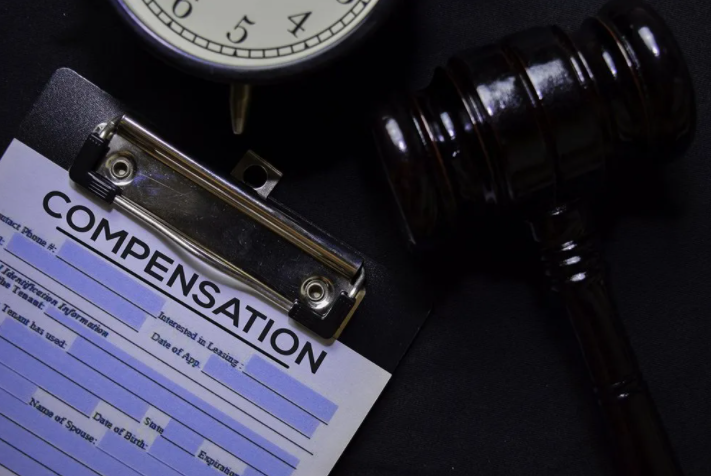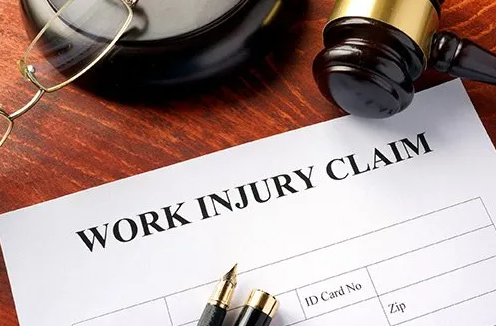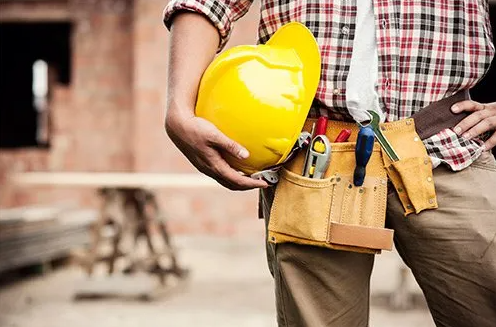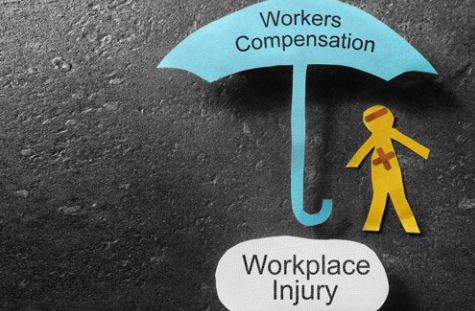Over 30 Years Representing Injured Workers
Blog Layout
3 WAYS CONSTRUCTION WORKERS CAN AVOID INJURY
Admin • March 5, 2020
The construction industry is perhaps one of the most dangerous in the country. In fact, the construction industry ranks in the top five for most dangerous industries. For every 100,000 construction employees, 18 deaths happen each year.
Severe injuries are also common in the construction industry. Potential injuries that construction workers face include head and spinal cord injuries, hearing loss, burns, lacerations, broken or crushed bones, loss of limbs, stress injuries, and heatstroke.
Because of the threat of serious injury in the construction industry, construction workers should take extra precaution. Discover three ways construction workers can reduce their chances of injury on the job.
1. Use Hand Tools Correctly
Construction workers use many different hand tools to complete certain jobs. When these tools are used incorrectly, this increases the chances of injury. According to recent statistics, hand tools were involved in 9,640
construction accidents in one year. Non-powered hand tools caused more injuries than power tools.
These non-powered hand tools caused the most injuries:
- Knives, box cutters, and other cutting tools
- Shovels and other digging tools
- Hammers and other striking tools
The power tools that caused the most injuries included power saws, drills, sanders, and grinders. To reduce the chance of injury when using non-powered and powered tools, construction workers should only use the tool for its designated purpose. Construction workers should also always ensure that the hand tool is in proper working order before they use it.
2. Wear a Hard Hat and Other Safety Gear
A hard hat is one piece of safety gear that a construction worker should never go without. A hard hat is a helmet worn on a construction site. Hard hats helps to prevent head injuries, such as concussions and traumatic brain injuries. These types of injuries are usually the result of falling objects or the head coming into contact with a hard stationary object, like a beam or a pipe.
Construction workers should only wear hard hats that the Occupational Safety and Health Administration (OSHA) has approved. Hard hats approved by OSHA meet certain requirements. For example, OSHA-approved hard hats are water resistant and slow to burn.
These hard hats also have the ability to absorb electric shocks and resist penetration from falling or stationary objects. Construction workers should replace their hard hat if it receives any damage. They should also replace their hard hat every five years and replace the support strap every year.
Along with hard hats, construction workers should wear other safety gear including glasses and vests. They should also wear ear protection to prevent hearing loss.
3. Make Use of Worker Safety Apps
Using certain mobile device apps is another way construction workers can stay safe and avoid injury. Some apps can help to prevent heatstroke by allowing construction workers to calculate the heat index for their work site.
Other apps are especially helpful for construction workers who often work in high places. When this type of app detects a fall, it sends out an alarm and alerts the construction worker's emergency contact. Other apps provide information about the noise levels on a construction site.
Construction companies can also use apps that help to improve overall safety by recording and tracking accidents, near-miss incidents, and safety meetings required by OSHA.
Construction workers who take all the right safety precautions can still become injured. If you work in the construction industry and have experienced a work-related injury, you are entitled to workers' compensation
benefits.
Our workers' compensation attorney at The Law Offices of Jeffrey M. Greenberg can ensure you get your benefits quickly. Contact us today for a free initial consultation.
By Admin
•
April 28, 2020
If you suffer an injury at work, you should report the injury to your employer as soon as possible. Learn why the timing is important.
By Admin
•
November 4, 2019
If you are injured at work, you should be aware of work capacity after a work-related injury so you can prepare yourself. Learn more.
THE LAW OFFICES OF JEFFREY M. GREENBERG
IN BUSINESS SINCE 1992
SE HABLA ESPAÑOL
Phone:
Address:
825 Van Ness Ave., Suite 601
San Francisco, CA 94109
Content, including images, displayed on this website is protected by copyright laws. Downloading, republication, retransmission or reproduction of content on this website is strictly prohibited. Terms of Use
| Privacy Policy







